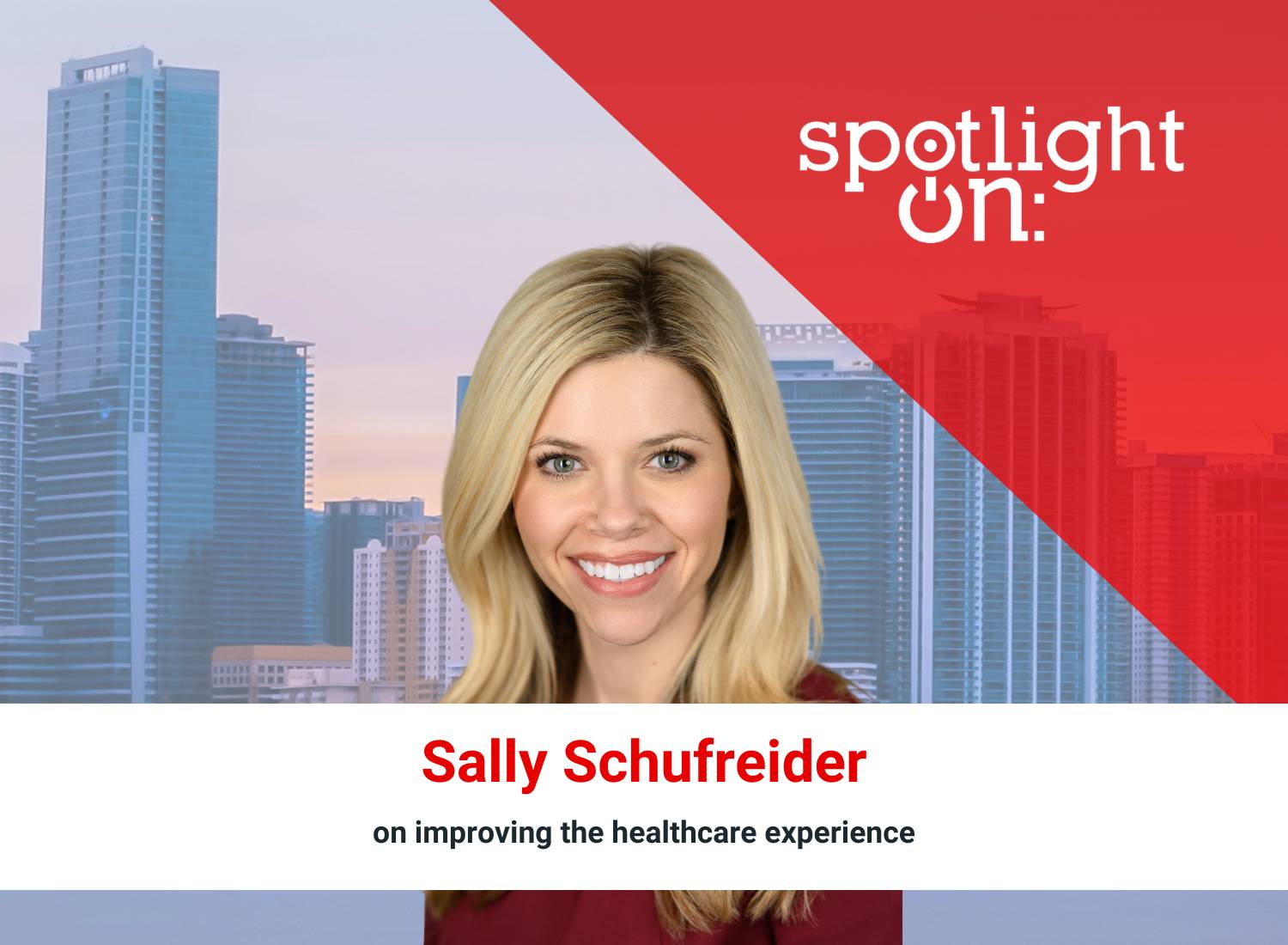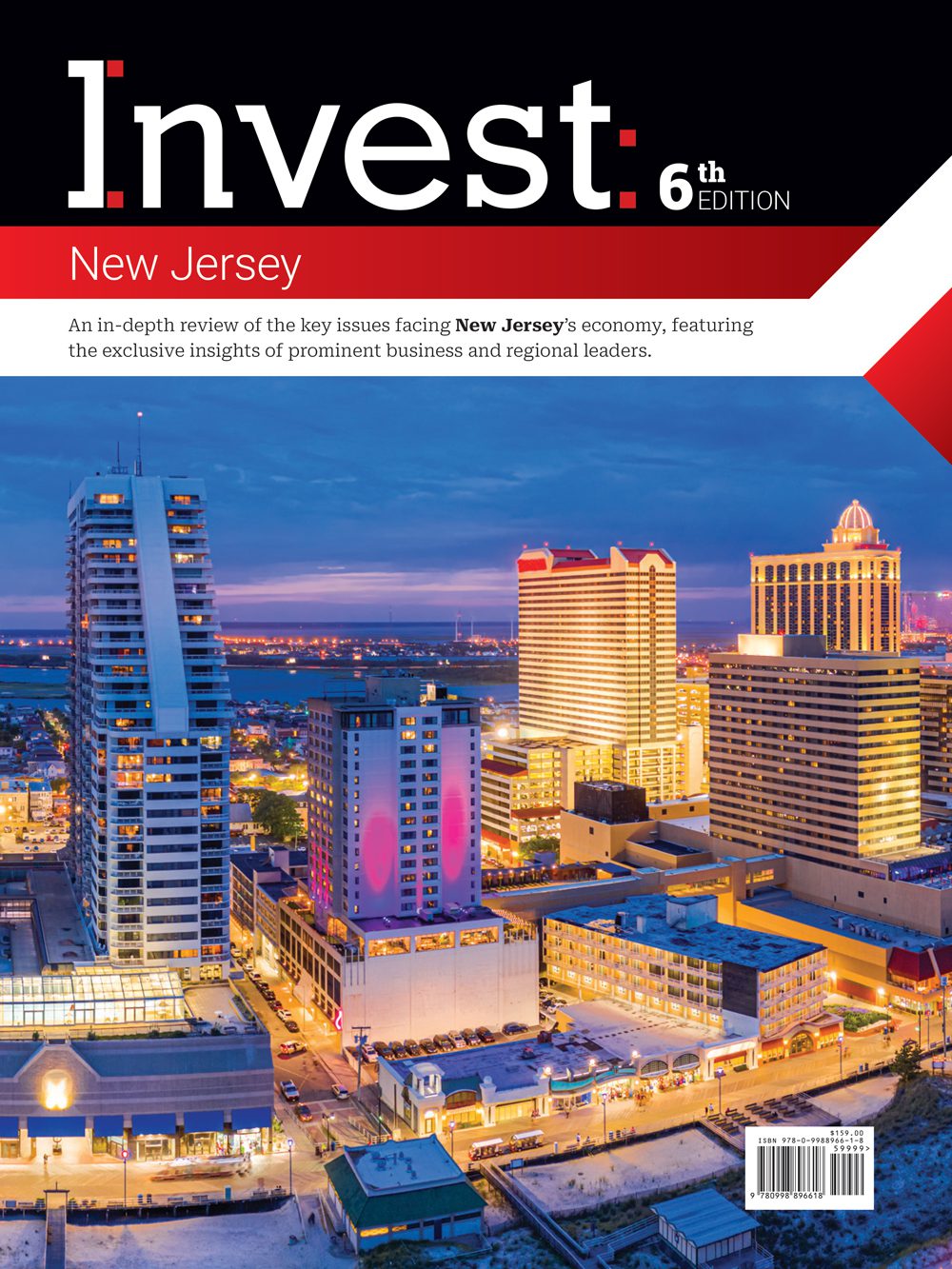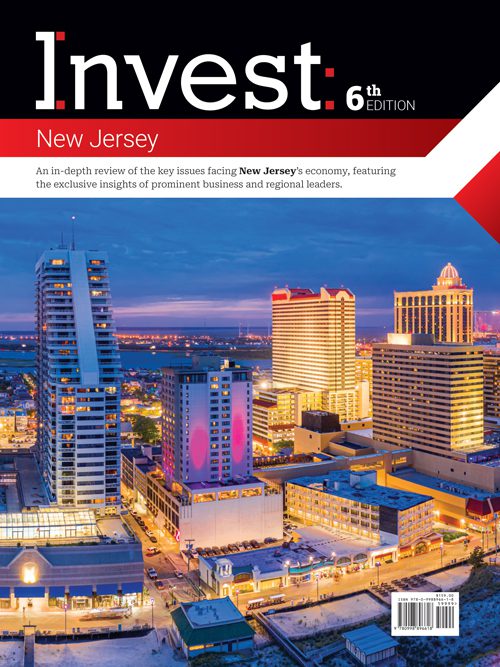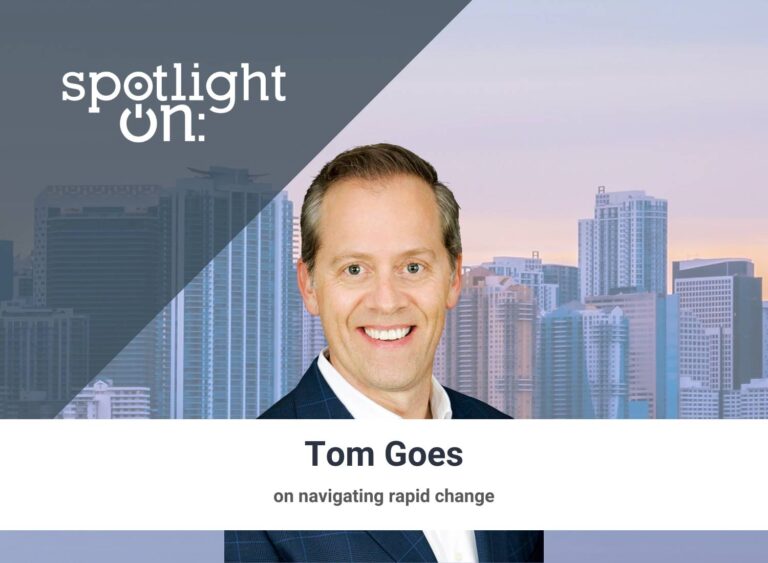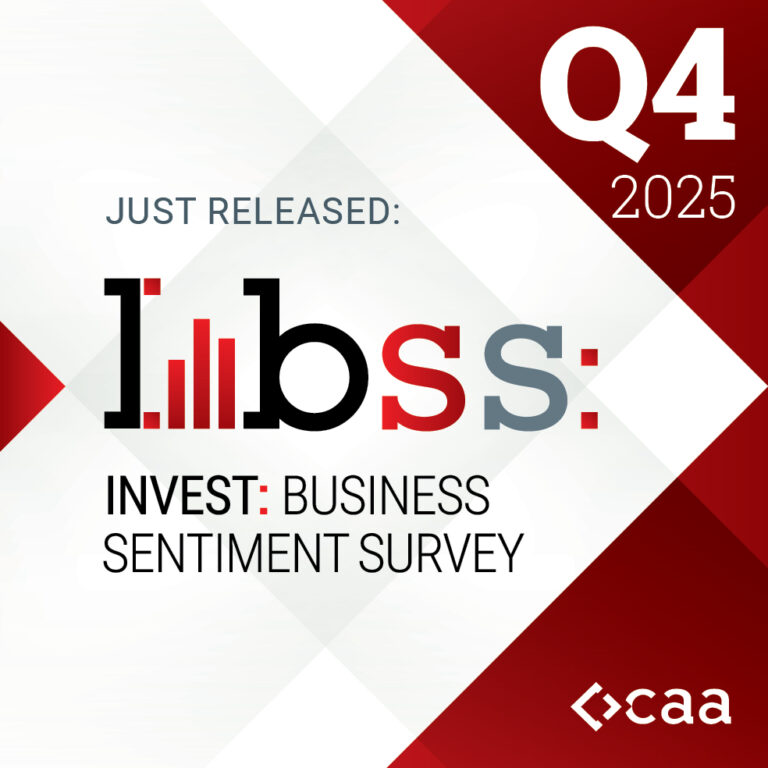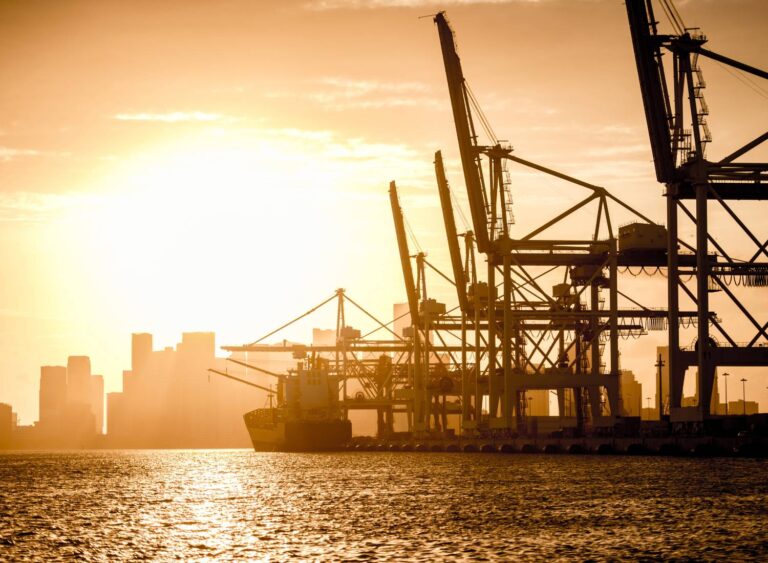Spotlight On: Stephanie Murphy, Principal Owner, CEO & Executive Chairman of The Board, Aegis Aerospace
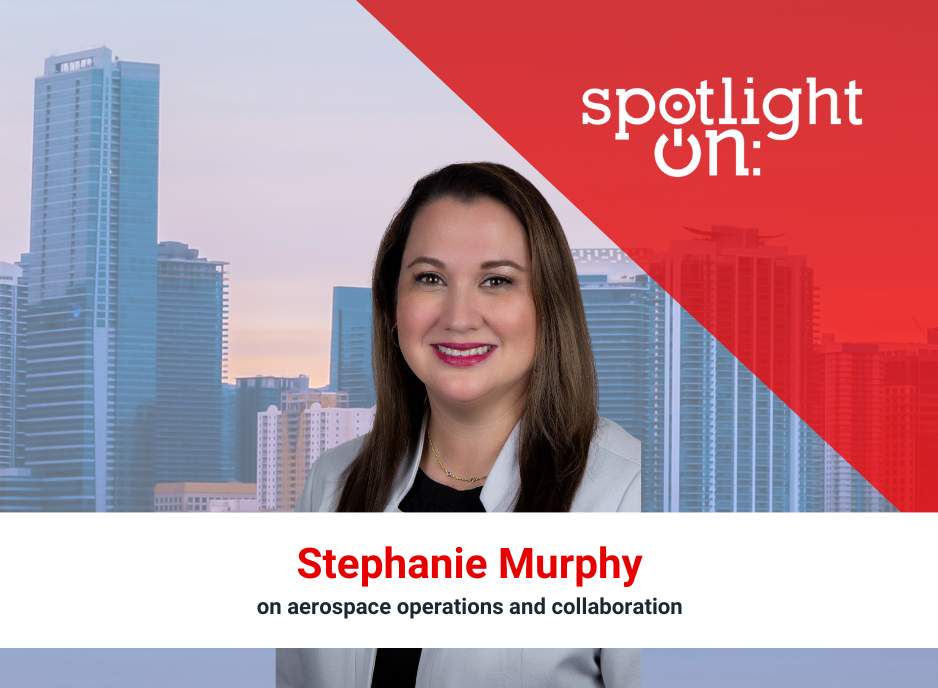
June 2025 — In an interview with Invest:, Stephanie Murphy, principal owner, CEO, and executive chairman of the board of Aegis Aerospace, highlighted winning the REMIS2 contract to support U.S. Space Force experiments on the ISS and launching their first lunar payload aboard Firefly Aerospace’s Blue Ghost lander. She also announced a dedicated in-space research platform for Texas A&M University called TAMU-SPIRIT, advancing commercial space research.
What have been some of the biggest milestones for Aegis Aerospace over the past year?
We were incredibly proud to be selected for the REMIS2 contract, where we earned the highest technical rating among all awardees. Through this contract, we support the U.S. Space Force in partnership with NASA, flying experiments on the International Space Station (ISS). Supporting the Space Test Program has been part of our DNA for over 30 years, and this contract continues that legacy.
We also launched our first lunar payload aboard Firefly Aerospace’s Blue Ghost lander, which is currently on its way to the moon with an expected landing in early March. Additionally, we’ve completed our second lunar payload, set to launch on an Intuitive Machines mission early next year. That payload integrates seven experiments from industry and academia.
A particularly exciting milestone came last week with our announcement of a dedicated in-space research platform for Texas A&M University. This platform will allow Texas A&M students and faculty to conduct experiments on the ISS. It’s modeled on our MISSE platform — the first woman-owned private platform on the ISS — marking the first university-dedicated research platform in space that we know of.
What makes Houston an ideal location for Aegis Aerospace and a hub for the space and defense industries?
Houston is central to human spaceflight, with Johnson Space Center (JSC) and the ISS program office based here. Being in Houston allowed us to build strong relationships with NASA and industry partners, which have been crucial to our growth in commercial space services.
The city’s industrial ecosystem also benefits us. The energy sector, with its deep technical expertise, provides talent that translates well into aerospace operations. Additionally, Houston’s world-class healthcare sector ties into our work supporting JSC’s Human Health and Performance contract, which focuses on astronaut health and performance research.
Another advantage is Houston’s connectivity. With its extensive airport system, we can easily reach customers and partners across the country. Lastly, Texas is making bold moves to lead the space economy. The establishment of the Texas Space Commission and the Texas Aerospace Research and Space Economy Consortium (TARSEC) is driving statewide support and investment in the space industry, further strengthening Houston’s position as a space hub.
As a member of TARSEC, how are you helping guide aerospace initiatives to keep Texas at the forefront of the industry?
TARSEC is an exciting initiative, and it’s a privilege to serve on its executive committee. The committee includes leaders from academia and industry, committed to positioning Texas as the leader in space. Our primary focus is statewide outreach and setting the strategic direction for the state in collaboration with The Space Commission. We’re hosting workshops to engage the space community and gather input for a strategic plan that will guide the Texas Space Commission’s funding decisions.
It’s important to clarify that my role with TARSEC is a public service position, separate from my leadership at Aegis Aerospace. Still, Aegis Aerospace, like many companies, could benefit from the Space Commission’s investments. The demand for funding is huge. The Space Commission has $150 million in funding for its first round, but they’ve already received proposals totaling nearly $3.5 billion. Our job at TARSEC is to help ensure the funding supports projects that drive long-term industry growth and solidify Texas’ leadership in the space economy.
How is Aegis Aerospace positioning itself for the transition to privately owned space stations?
The ISS has been critical to our growth, but we are already looking ahead. Our lunar payloads and partnerships with emerging commercial space station developers are part of that transition. Our biggest challenge is maintaining momentum during the shift. It’s not just about preventing a gap between the ISS and future commercial stations — it’s about sustaining commercial activity. If research on the ISS slows down as it nears retirement, it could shrink the customer base for future platforms. That’s why we are working closely with NASA and commercial partners to ensure continuity. Our goal is to maintain, if not increase, the volume of commercial research in low Earth orbit. We’re determined to help bridge the transition and ensure the commercial space economy continues to grow.
How is Aegis Aerospace’s work with the Department of Defense driving growth?
Over half of our business is with the Department of Defense (DoD), and we are proud of our contributions, particularly supporting the U.S. Space Force and its Space Test Program. We have projects not only in Houston but across the country. We’re seeing a shift in how the DoD procures space research and technology. There’s a move toward faster, more flexible contracting methods, including increased use of OTAs — Other Transaction Authorities — which enable quicker results compared to traditional contracts. This shift, combined with growing commercial space capabilities, is creating exciting opportunities. We anticipate defense budgets for space operations to increase over the next few years, and we are well-positioned to support that growth.
How has your recent move to a new facility improved operations and collaboration?
Last September, we brought our corporate office and Space System Development and Operations Center under one roof. Previously, they were in separate locations, but now everything is together. The move has been a game-changer. Consolidating our corporate office and Space System Development and Operations Center has improved communication and collaboration. Now, our leadership and engineering teams work side-by-side, which fosters greater teamwork and problem-solving. The new space also allowed us to expand our flight and electronics labs, increasing our capacity for hardware development. The move has made us more efficient, more cohesive as a team, and even delivered some cost savings — a win on all fronts.
How do you view Houston’s workforce for the aerospace sector?
One of the advantages we have here is the city’s strong industrial base, particularly in energy. The technical skills from oil and gas — such as systems engineering and remote operations — translate well to aerospace, and we’ve been able to bring talent from those industries into our workforce.
We also benefit from Texas’ strong education system. The state’s universities and community colleges produce top-tier engineers and technicians. Technicians are vital — every engineer working on a space project relies on multiple technicians for hardware development and operations.
Aegis Aerospace actively supports workforce development through partnerships with local institutions. For example, we work with San Jacinto College, which has an aerospace-focused workforce development center called the EDGE Center. We also partner with Texas A&M University, where we are collaborating on the dedicated space test platform (TAMU-SPIRIT) for their researchers. As part of that project, Texas A&M students will intern with us, gaining hands-on experience. These partnerships are about more than recruiting — they’re about strengthening the entire talent pipeline for the aerospace industry.
What’s your outlook for the aerospace industry and Aegis Aerospace’s priorities over the next few years?
The outlook for the aerospace industry is incredibly bright. Space exploration and commercialization are expanding rapidly, and bipartisan support for space initiatives remains strong. Some call this the golden era of space exploration, and I agree. With the private sector playing a larger role, opportunities are emerging beyond low Earth orbit — on the moon and even Mars. I believe we’ll see significant growth in areas like in-space manufacturing and infrastructure development, whether on commercial space stations or the lunar surface. Access to space is more affordable than ever, opening new opportunities for research and innovation that extend beyond the traditional space sector.
For Aegis Aerospace, our focus is clear. We will continue expanding both our commercial space hardware and space and defense services. Supporting NASA’s Artemis program and returning to the moon is a top priority, and we’re committed to helping the U.S. Space Force advance its research and technology capabilities. We are also preparing for the transition from the ISS to commercial platforms. Our goal is to be a bold leader in providing research solutions on new platforms — whether they are commercial stations, free-flying satellites, or rideshare missions.
Ultimately, we want to be more than just participants in this new space era — we want to help shape it. As the industry evolves, Aegis Aerospace will continue to push the boundaries of what’s possible, serving as a trusted partner for our customers and a leader in driving the future of space exploration.
For more information, please visit:
